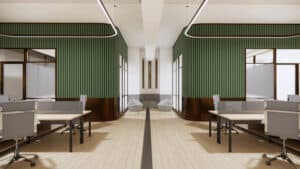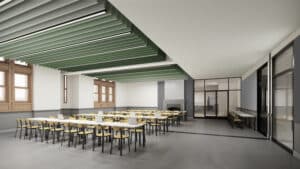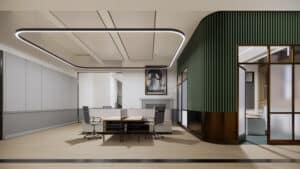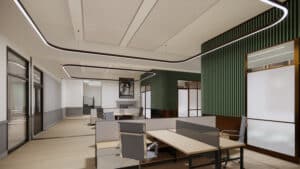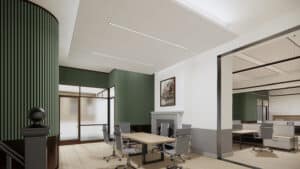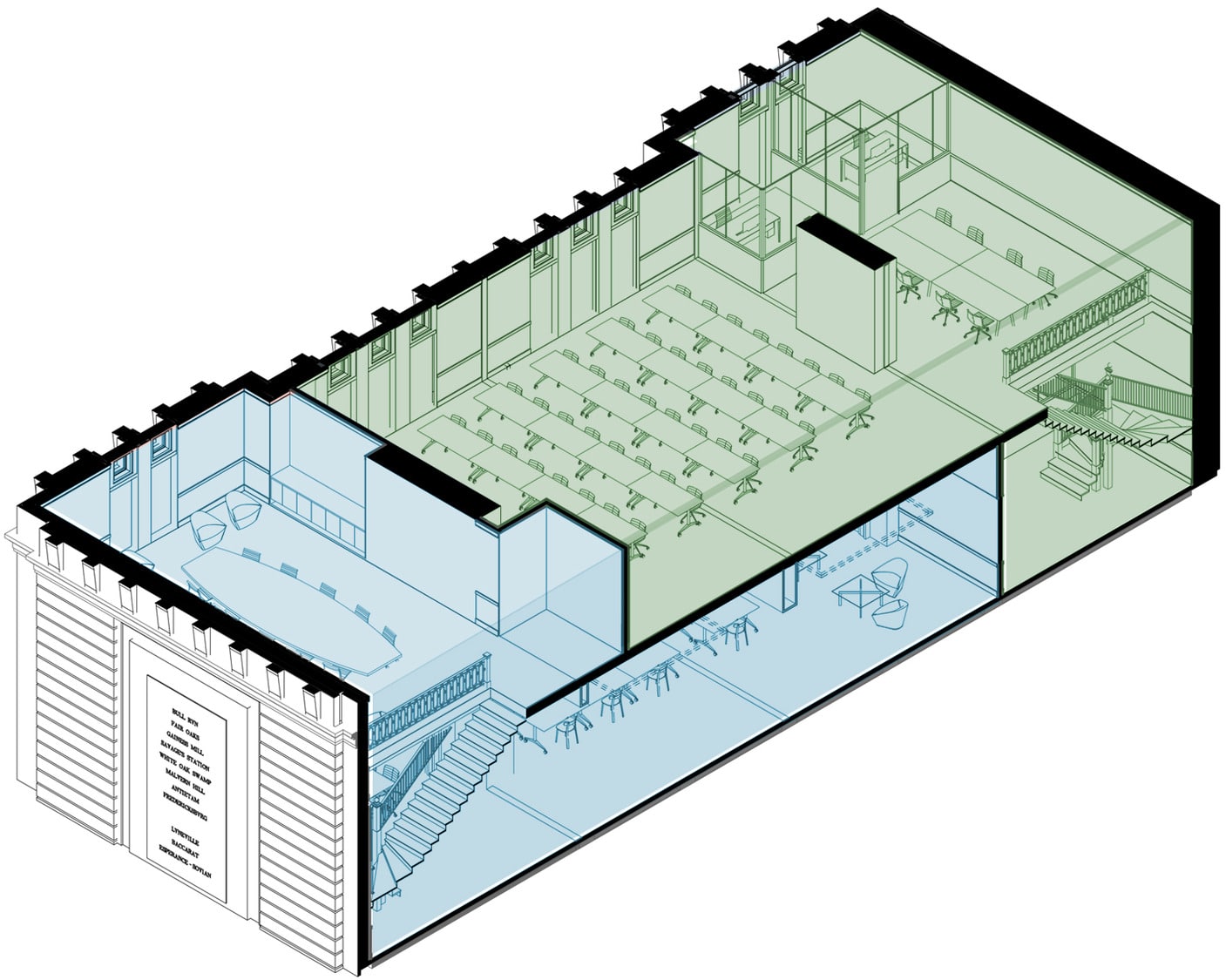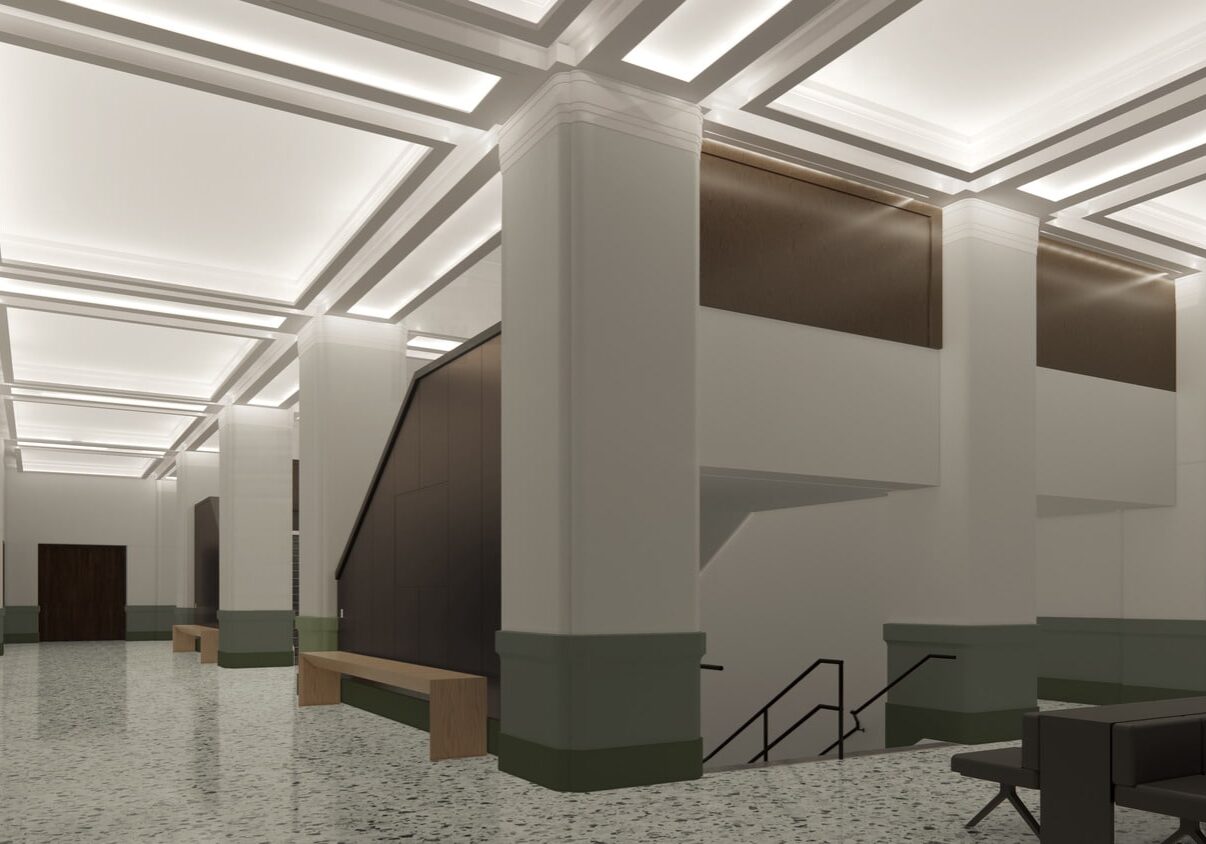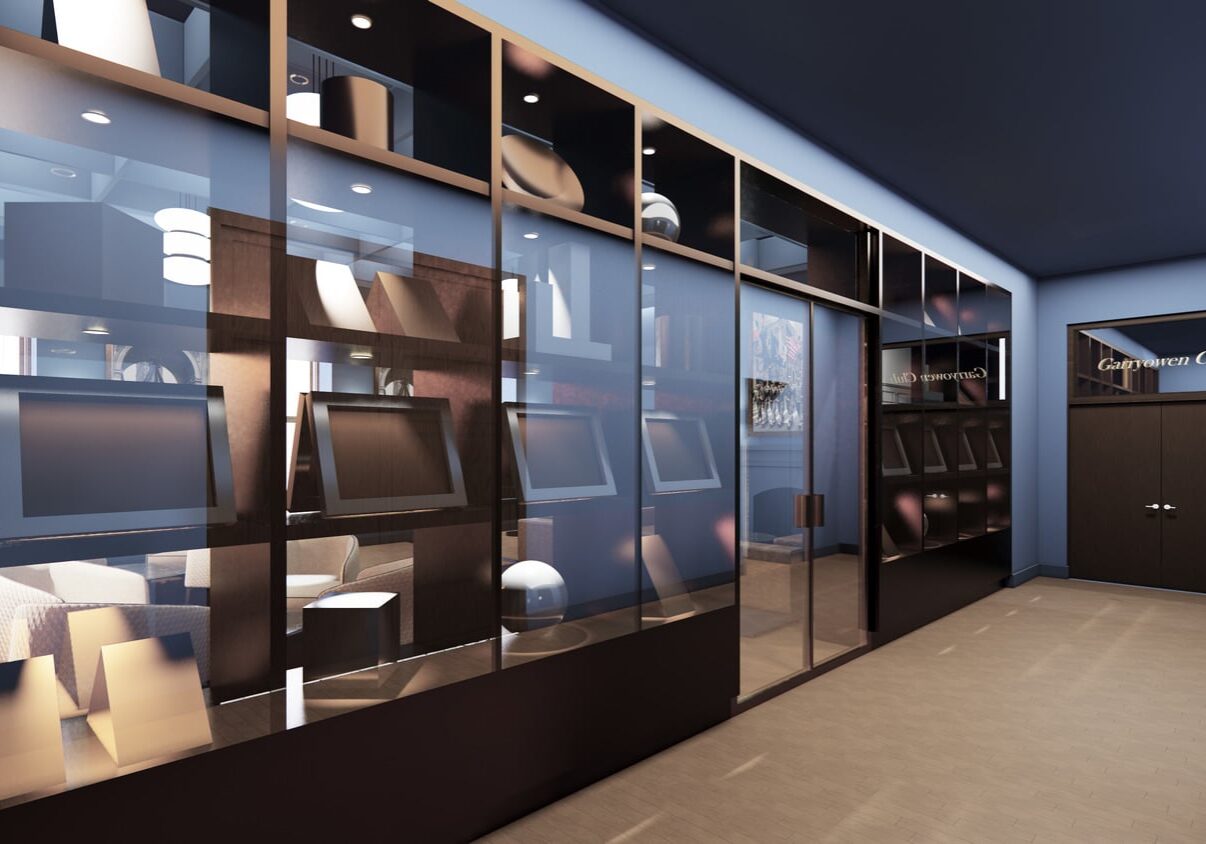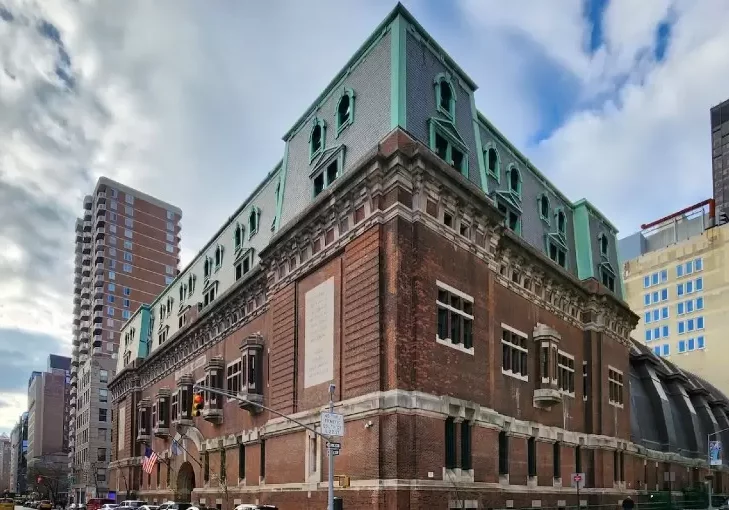Lexington Avenue Armory
An extensive renovation of a National Historic Landmark for continued use as a National Guard readiness center
Designed by Hunt & Hunt in 1906, the building has served continuously as a readiness center and home to the “Fighting 69th” Regiment of the National Guard. The building also hosted the historic Armory Show in 1913, the first modern art exhibit in the United States, and was also home to the New York Knicks from 1946 to 1960. This historic preservation project mixes strategies of renovation and adaptive re-use to provide a modern-day facility to one of the most prominent buildings of the New York State armory and reserve system.
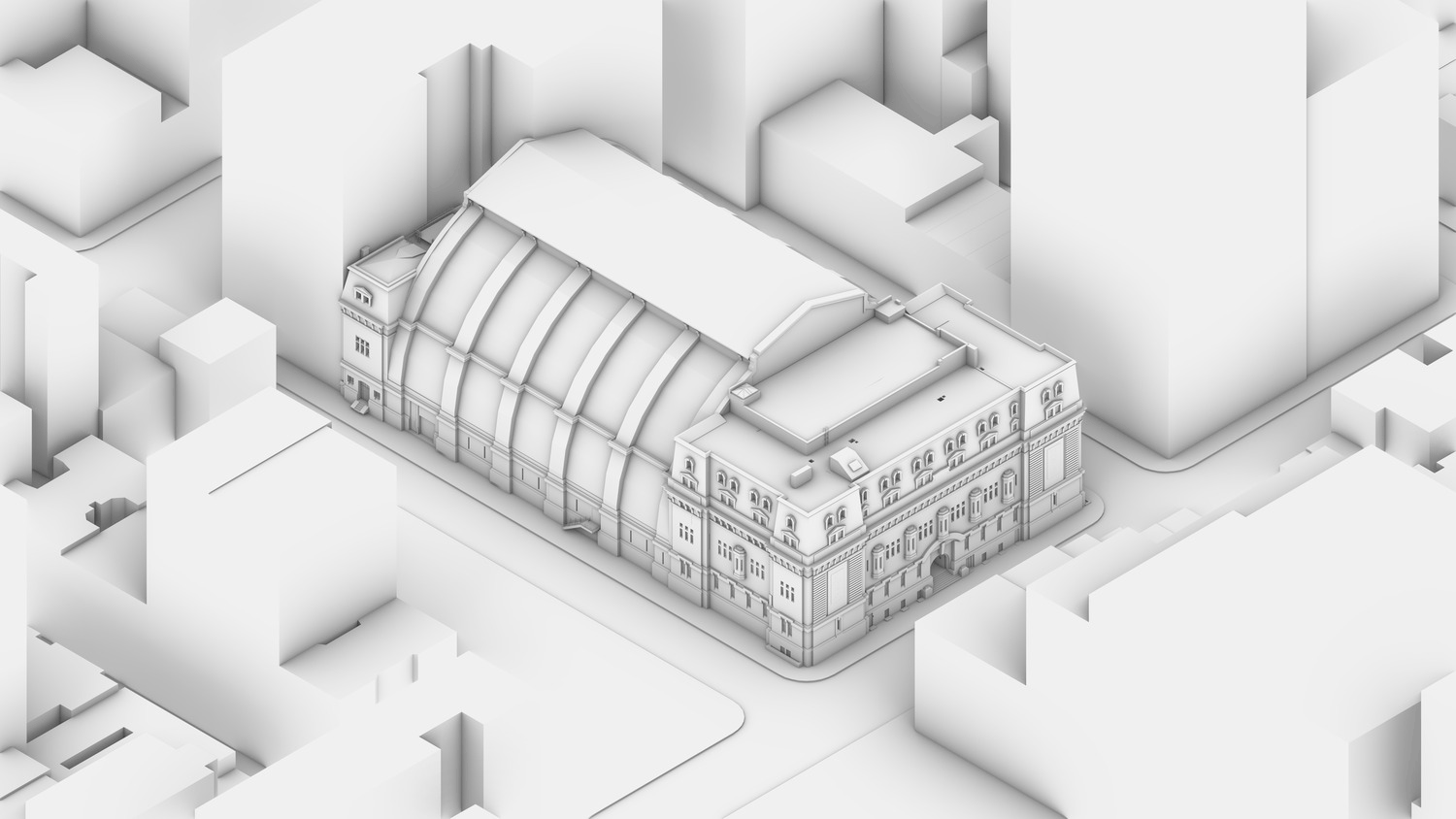
Historically, each company is placed side-by-side in multiple stacked rooms. A new interlocking arrangement creates larger, contiguous floors for education and training. This adaptive re-use design approach retains historic interconnecting stairs, fireplaces and other key original elements.
The main circulation hall will be renovated and for display of the regiments’ history. It remains as a central, active element for both movement and egress.
Event and gathering spaces are renovated and improved, and numerous historic interior rooms will be restored.
The floor and enclosure of the drill hall will also be renovated with surfacing and mechanical systems to support a variety of uses, from hosting the start of New York’s annual St. Patrick’s Day Parade to providing staging for vehicles and supplies during city-wide and regional emergencies.
An extensive renovation for continued use as a National Guard readiness center.
In 1906, the first armory in New York City to be built in the Beaux Arts style arose on Lexington Avenue. Designed by the esteemed architectural duo Hunt + Hunt, the Lexington Avenue Armory soon became an iconic fixture in the city’s architectural landscape. In 1965, it was recognized as a National Historic Landmark and later, in 1983, it was declared a New York City landmark. Over its long history, the armory has served various purposes, from hosting the historic Armory Show in 1913, the first modern art exhibit in the United States, to serving as the home ground for the New York Knicks from 1946 to 1960. Currently, the building houses a National Guard recruiting office and readiness center.
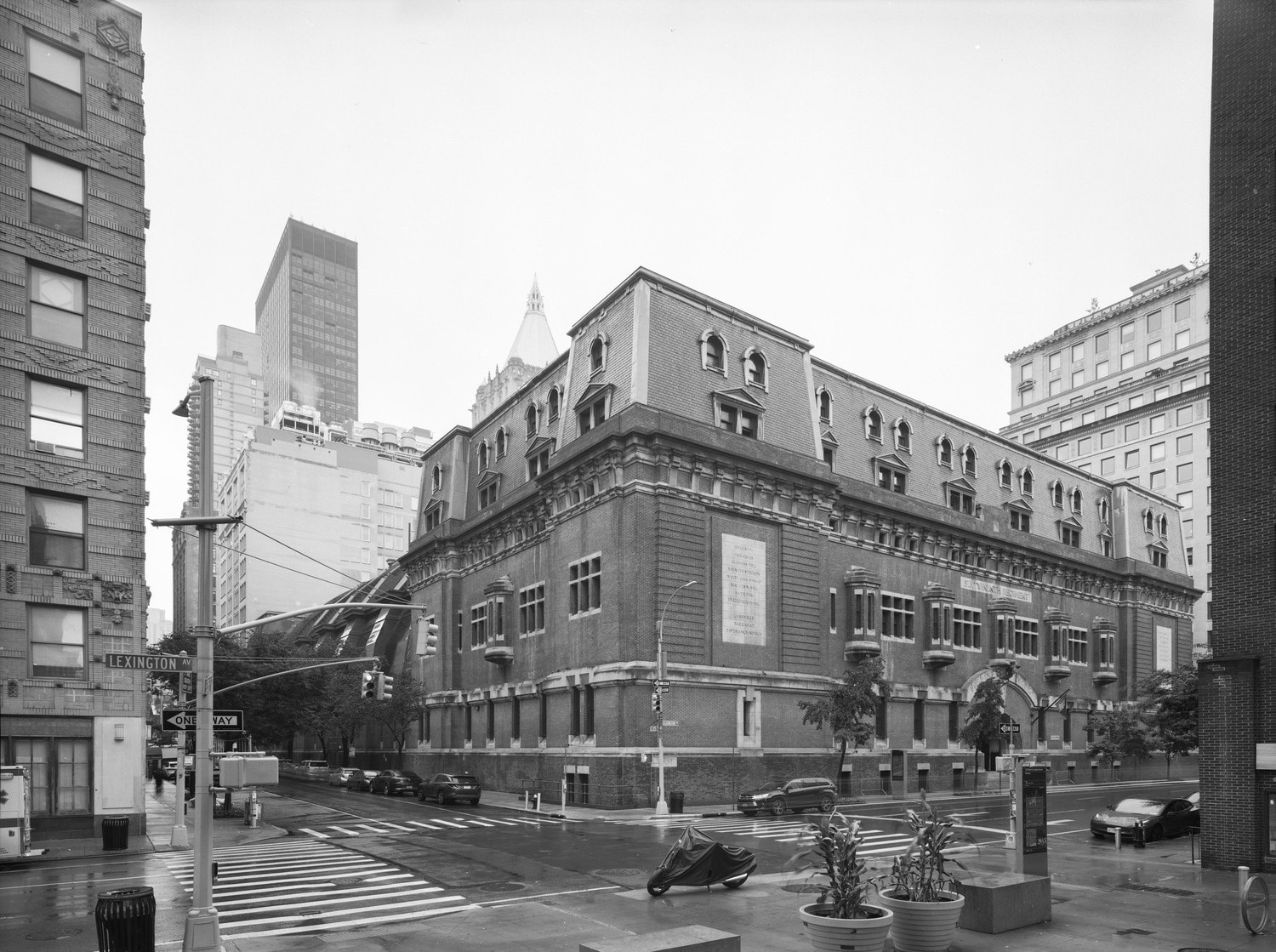

The armory occupies most of a New York City block at Lexington Avenue, between East 25th and 26th Streets.

The building includes the head house facing Lexington Avenue, the drill hall occupying mid-block, and an annex facing to Est 25th Street.

The main central staircase and drill hall entry at the head house will be restored. New lighting and terra cotta floors will be installed throughout.

The main circulation hall will be renovated and for display of the regiments’ history. It remains as a central, active element for both movement and egress.


Marvel adapts the original design of the building's vertically arranged, individual company spaces to suit modern needs for larger, contiguous areas. The method interlocks rooms across floors, maintaining historical features while accommodating larger room requirements.
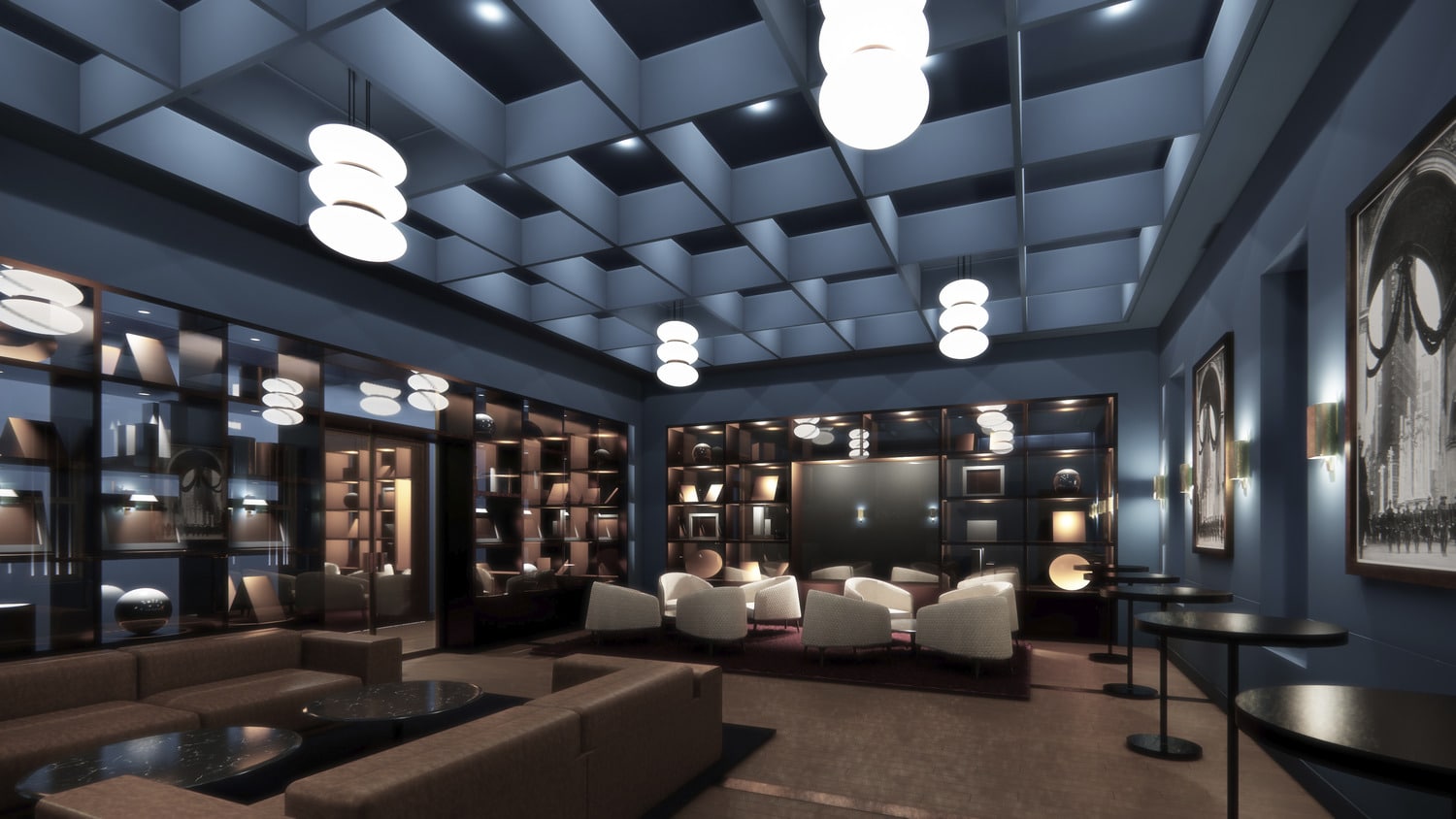
Event and gathering spaces are renovated and improved, and numerous historic interior rooms will be restored.
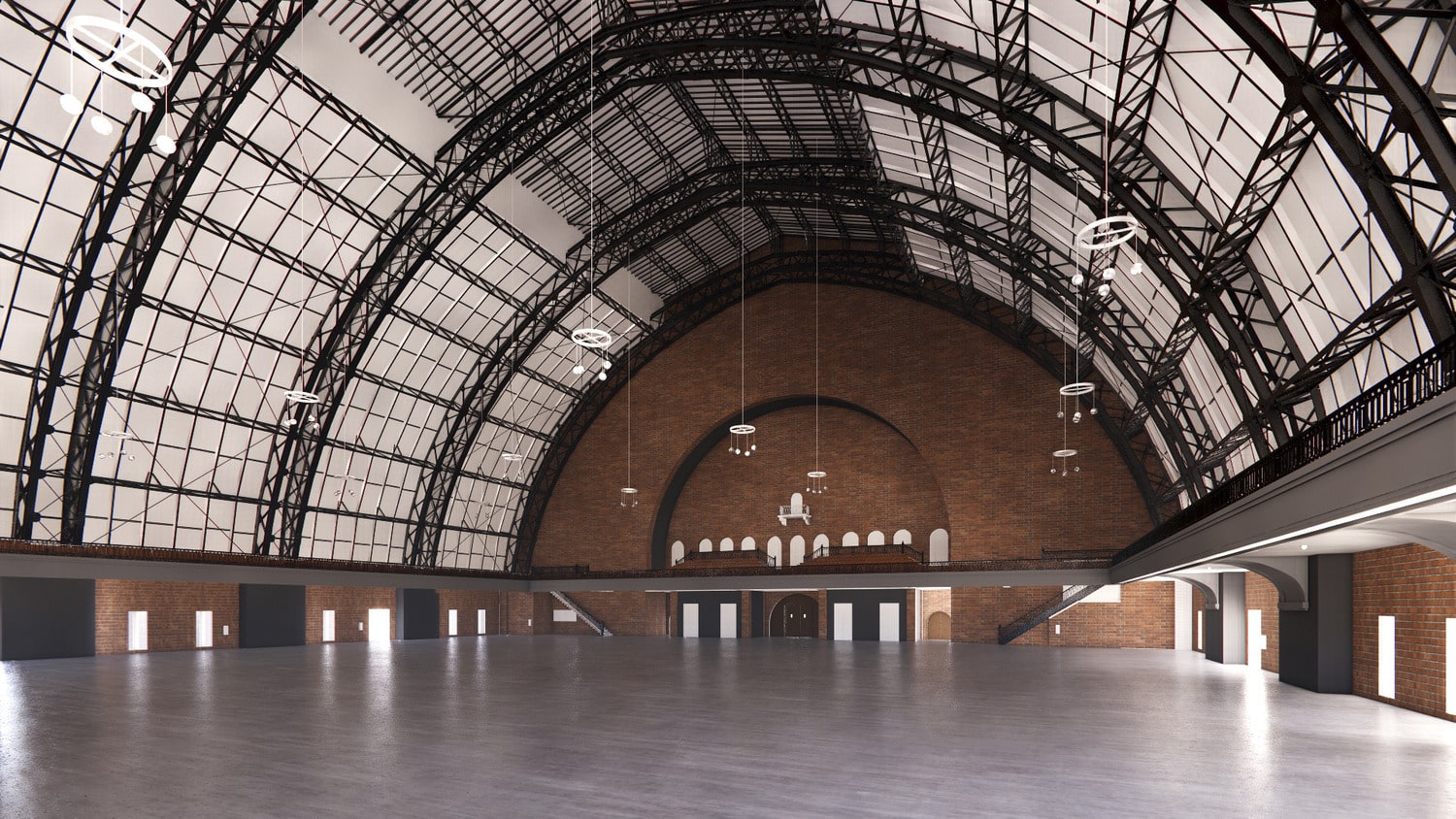
The floor and enclosure of the drill hall will be renovated with surfacing and mechanical systems to support a variety of uses, from hosting the start of New York’s annual St. Patrick’s Day Parade to providing staging for vehicles and supplies during city-wide and regional emergencies.
Lexington Avenue Armory
An extensive renovation of a National Historic Landmark for continued use as a National Guard readiness center
Designed by Hunt & Hunt in 1906, the building has served continuously as a readiness center and home to the “Fighting 69th” Regiment of the National Guard. The building also hosted the historic Armory Show in 1913, the first modern art exhibit in the United States, and was also home to the New York Knicks from 1946 to 1960. This historic preservation project mixes strategies of renovation and adaptive re-use to provide a modern-day facility to one of the most prominent buildings of the New York State armory and reserve system.

Historically, each company is placed side-by-side in multiple stacked rooms. A new interlocking arrangement creates larger, contiguous floors for education and training. This adaptive re-use design approach retains historic interconnecting stairs, fireplaces and other key original elements.
The main circulation hall will be renovated and for display of the regiments’ history. It remains as a central, active element for both movement and egress.
Event and gathering spaces are renovated and improved, and numerous historic interior rooms will be restored.
The floor and enclosure of the drill hall will also be renovated with surfacing and mechanical systems to support a variety of uses, from hosting the start of New York’s annual St. Patrick’s Day Parade to providing staging for vehicles and supplies during city-wide and regional emergencies.
An extensive renovation for continued use as a National Guard readiness center.
In 1906, the first armory in New York City to be built in the Beaux Arts style arose on Lexington Avenue. Designed by the esteemed architectural duo Hunt + Hunt, the Lexington Avenue Armory soon became an iconic fixture in the city’s architectural landscape. In 1965, it was recognized as a National Historic Landmark and later, in 1983, it was declared a New York City landmark. Over its long history, the armory has served various purposes, from hosting the historic Armory Show in 1913, the first modern art exhibit in the United States, to serving as the home ground for the New York Knicks from 1946 to 1960. Currently, the building houses a National Guard recruiting office and readiness center.


The armory occupies most of a New York City block at Lexington Avenue, between East 25th and 26th Streets.

The building includes the head house facing Lexington Avenue, the drill hall occupying mid-block, and an annex facing to Est 25th Street.

The main central staircase and drill hall entry at the head house will be restored. New lighting and terra cotta floors will be installed throughout.

The main circulation hall will be renovated and for display of the regiments’ history. It remains as a central, active element for both movement and egress.


Marvel adapts the original design of the building's vertically arranged, individual company spaces to suit modern needs for larger, contiguous areas. The method interlocks rooms across floors, maintaining historical features while accommodating larger room requirements.

Event and gathering spaces are renovated and improved, and numerous historic interior rooms will be restored.

The floor and enclosure of the drill hall will be renovated with surfacing and mechanical systems to support a variety of uses, from hosting the start of New York’s annual St. Patrick’s Day Parade to providing staging for vehicles and supplies during city-wide and regional emergencies.
Lexington Avenue Armory
An extensive renovation of a National Historic Landmark for continued use as a National Guard readiness center
Designed by Hunt & Hunt in 1906, the building has served continuously as a readiness center and home to the “Fighting 69th” Regiment of the National Guard. The building also hosted the historic Armory Show in 1913, the first modern art exhibit in the United States, and was also home to the New York Knicks from 1946 to 1960. This historic preservation project mixes strategies of renovation and adaptive re-use to provide a modern-day facility to one of the most prominent buildings of the New York State armory and reserve system.

Historically, each company is placed side-by-side in multiple stacked rooms. A new interlocking arrangement creates larger, contiguous floors for education and training. This adaptive re-use design approach retains historic interconnecting stairs, fireplaces and other key original elements.
The main circulation hall will be renovated and for display of the regiments’ history. It remains as a central, active element for both movement and egress.
Event and gathering spaces are renovated and improved, and numerous historic interior rooms will be restored.
The floor and enclosure of the drill hall will also be renovated with surfacing and mechanical systems to support a variety of uses, from hosting the start of New York’s annual St. Patrick’s Day Parade to providing staging for vehicles and supplies during city-wide and regional emergencies.
An extensive renovation for continued use as a National Guard readiness center.
In 1906, the first armory in New York City to be built in the Beaux Arts style arose on Lexington Avenue. Designed by the esteemed architectural duo Hunt + Hunt, the Lexington Avenue Armory soon became an iconic fixture in the city’s architectural landscape. In 1965, it was recognized as a National Historic Landmark and later, in 1983, it was declared a New York City landmark. Over its long history, the armory has served various purposes, from hosting the historic Armory Show in 1913, the first modern art exhibit in the United States, to serving as the home ground for the New York Knicks from 1946 to 1960. Currently, the building houses a National Guard recruiting office and readiness center.


The armory occupies most of a New York City block at Lexington Avenue, between East 25th and 26th Streets.

The building includes the head house facing Lexington Avenue, the drill hall occupying mid-block, and an annex facing to Est 25th Street.

The main central staircase and drill hall entry at the head house will be restored. New lighting and terra cotta floors will be installed throughout.

The main circulation hall will be renovated and for display of the regiments’ history. It remains as a central, active element for both movement and egress.


Marvel adapts the original design of the building's vertically arranged, individual company spaces to suit modern needs for larger, contiguous areas. The method interlocks rooms across floors, maintaining historical features while accommodating larger room requirements.

Event and gathering spaces are renovated and improved, and numerous historic interior rooms will be restored.


